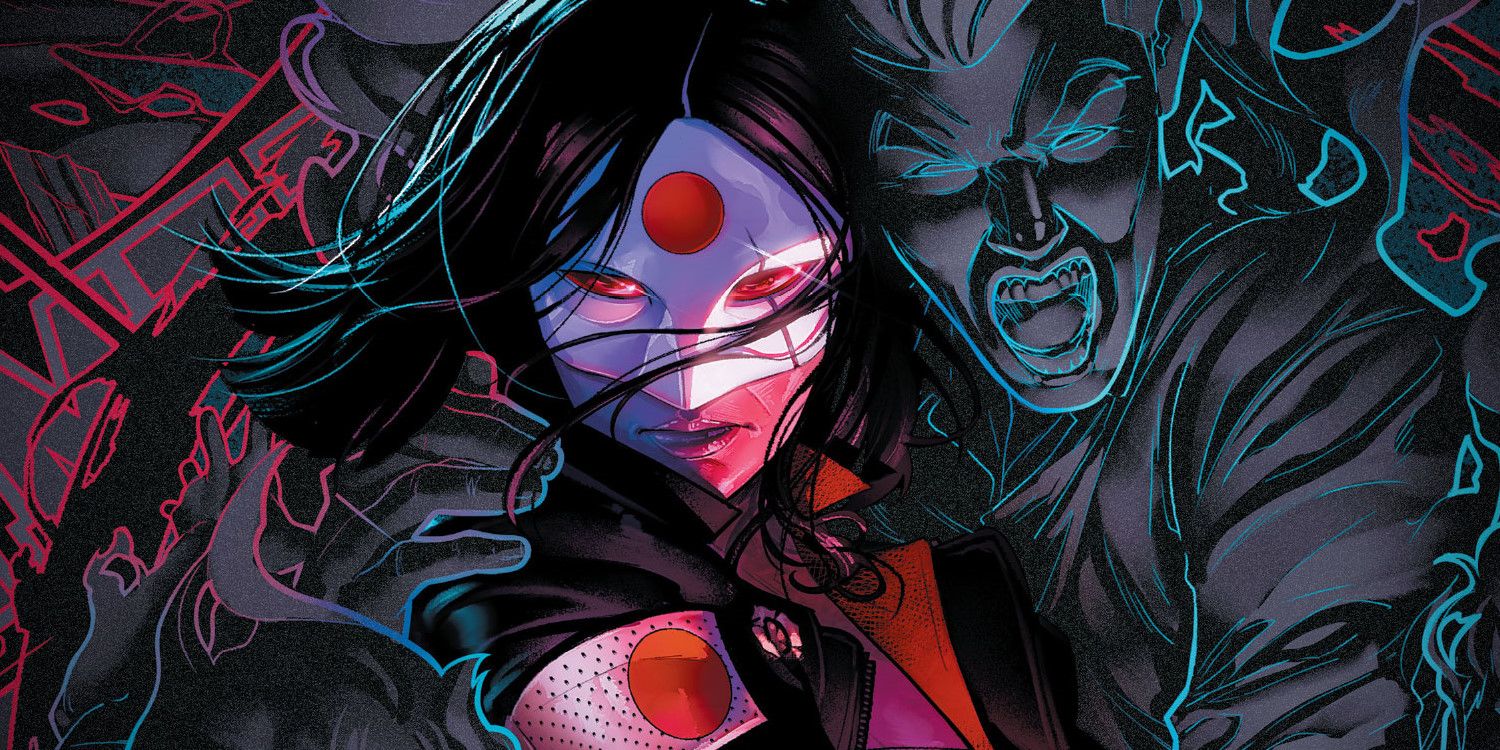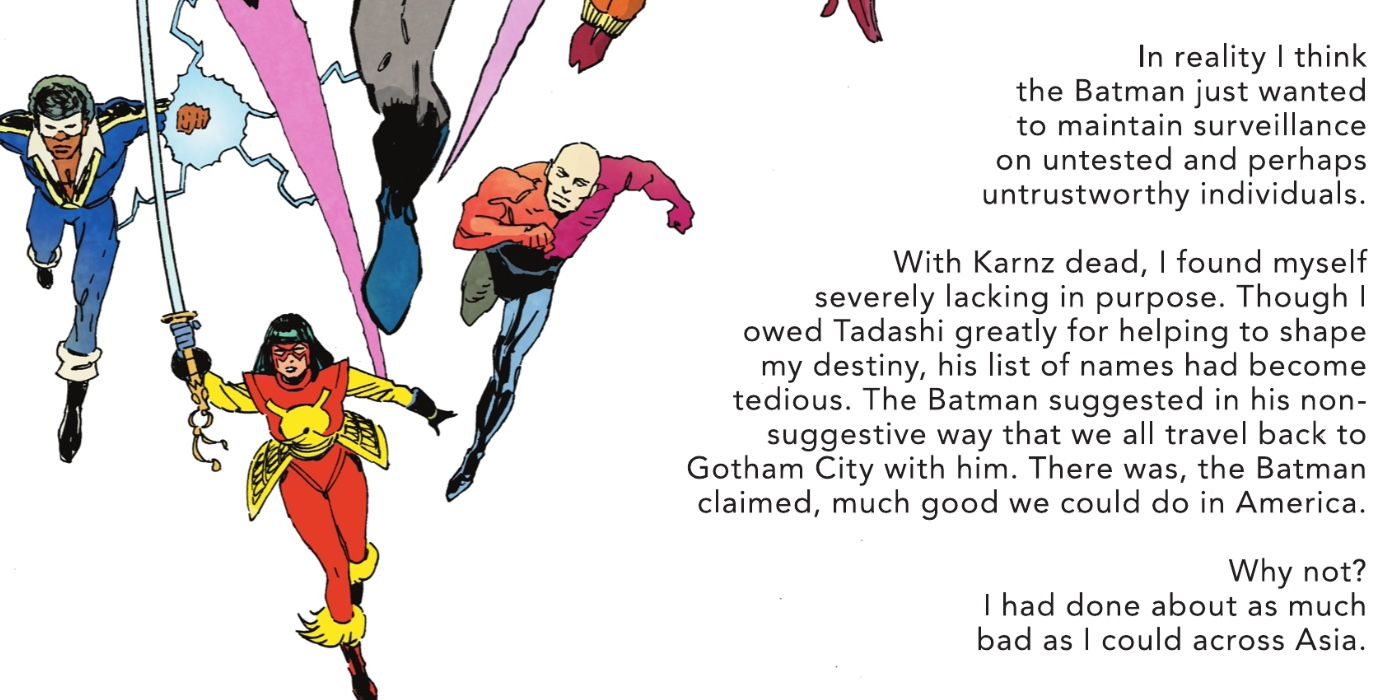Spoilers for The Other History of the DC Universe #3 ahead!
Katana, a former member of the Suicide Squad, recently revealed the reason Batman starts so many superhero teams: to keep track of its various members - all of whom he perceives as a threat. In The Other History of the DC Universe, Katana reveals her thoughts on a number of DC icons - including Batman, whose Outsiders team Katana was once a part of.
For someone who fancies himself a loner, Batman has been a member of, and even started, several different teams. He was instrumental in helping found the Justice League, but when he began butting heads with other members, he left to start the Outsiders, who counted not only Katana but Black Lighting, Metamorpho, and Geo-Force in their ranks. Later, he would start Batman, Inc. a multi-national team of Bat-related heroes working under Batman’s supervision. Fans may wonder why he joins so many teams, and Katana, who would know better than anyone, has some insight into the matter.
The issue, written by John Ridley, with art by Giuseppe Camuncoli and Andrea Cucchi and colors by Jose Villarrubia, covers Katana’s life, starting with the murder of her husband and son by the Yakuza, her adoption of the Katana identity, and her years as an assassin. The focus shifts to her time in the Outsiders: how they came together under Batman’s leadership and the ultimate decision to expel him. Katana believes that Batman “just wanted to maintain surveillance” on her and the others, feeling they were untested and maybe even unworthy.
This is harsh, but it fits perfectly with Batman’s modus operandi. Batman is a control freak, a fact Katana points out, and he must be in control of every situation he is in, and in a world with folks like Superman and Wonder Woman, this means finding ways to defeat them, should the need arise. In the case of the Justice League, it was revealed in the now-classic Doom story that Batman kept detailed files on his fellow League members, and for Katana and the rest, it was to bring them together as a team. This was a huge power move on Batman’s part, and it did not stop there: Katana also points out the team was referred to as “Batman and the Outsiders,” as if they were playing second fiddle to Batman. She calls this behavior “paternalistic” and “colonial.” Batman’s plan may have worked a little too well, as the Outsiders gelled as a team and were strong enough to split with Batman when they had enough of his heavy-handed leadership.
The Other History of the DC Universe has cast new light on many of the icons of the DC Universe, and through the eyes of Suicide Squad’s Katana, readers get a look into Batman’s psyche. The issue is on sale now in print and digital.


